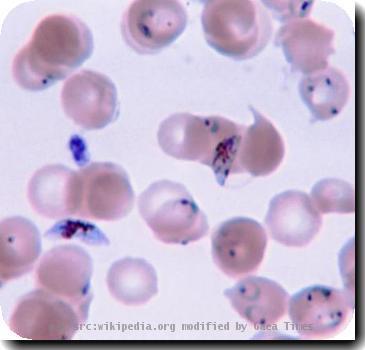UNAIDS chief warns donor funding cuts could lead to HIV “nightmare” in Africa
By APMonday, March 8, 2010
UNAIDS: Funding cuts could lead to HIV ‘nightmare’
JOHANNESBURG — Cuts in donor funding could cause an HIV “nightmare,” the United Nations’ AIDS agency chief warned Monday.
Michel Sidibe appealed to government and private donors to keep investing in the Global Fund to Fight AIDS, Tuberculosis and Malaria, an international financing institution. He said that cuts in donations will decrease the availability of free or subsidized life-saving drugs to African patients.
An estimated 94 percent of patients on anti-retroviral treatment in Africa count on external donor funds to provide their medications, Sidibe said.
“If we stop now, if we reduce the financing, the people who are on treatment today … we will transform their hope for universal access into a universal nightmare, because they will start dying,” Sidibe told The Associated Press Monday.
In South Africa, 920,000 people are currently receiving anti-retroviral treatment, just over half of the 1.7 million who need the drugs. New policies which will expand the reach of the program announced by South African President Jacob Zuma in December 2009 will also require increased financial resources.
South African Health Minister Aaron Motsoaledi said the country’s HIV treatment program is heavily dependent on external donor funding. An estimated 5.7 million South Africans are infected with HIV, the virus that causes AIDS, more than any other country.
The Global Fund’s “Results Report”, released Monday, described the substantial advances that have been made in AIDS, tuberculosis and malaria prevention and treatment since the fund’s establishment eight years ago, including the possible elimination of mother-to-child HIV transmission by 2015.
“It is also now possible to imagine a world with no more malaria deaths,” said Michel D. Kazatchkine, the Global Fund’s executive director. In addition, tuberculosis prevalence in many countries is declining, and the Global Fund believes this could be halved by 2015. However, it cautions that the achievement of these goals is only possible if health programs receive increased investments as planned.
The Global Fund will meet in The Hague, Netherlands, on March 24 to examine how it can meet its goals eliminating or reducing instances of the three diseases by 2015. The group will present donor countries with three public health scenarios, based on amounts of funding ranging from $13-20 billion, for the period 2011-2013.
In October this year, the Global Fund will ask donors for financial contributions during its conference in New York. This will be the third time since the fund was established in 2002 that donors are being asked to replenish their finances. There is concern that the global economic downturn could negatively impact the funding commitments made by donor countries.
“The world’s investments are clearly making a difference,” Sidibe said, “but without a fully funded Global Fund, we would be putting the lives of millions of people currently on treatment in jeopardy.”
Tags: Africa, Diseases And Conditions, Infectious Diseases, Johannesburg, Lung Disease, South Africa, Southern Africa

